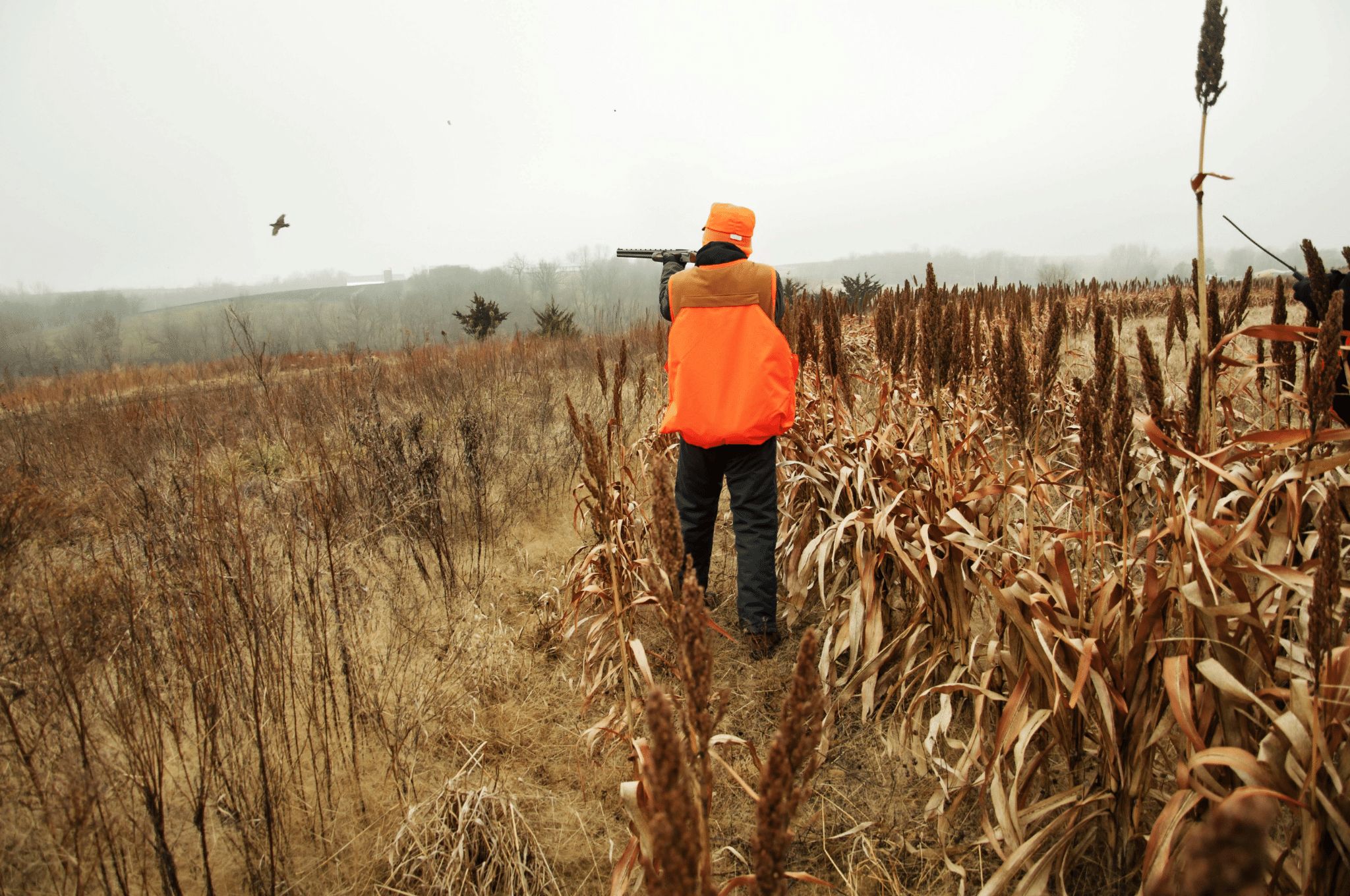Selecting Loads for Pheasant Season

Selecting Loads for Pheasant Season
It’s that time of the year again, when many of us dream about opening day for hunting the wily rooster pheasant. For nearly 60 years, which starts to date me, I’ve thoroughly enjoyed chasing the old rooster, almost always behind my favorite dog. We have always enjoyed the experience hunting as a family affair. My wife Patty, son Blake, and for many years father and father-in-law have been part of the team. With that said, I will focus on my favorite pheasant shotgun loads, with a few other loads included as well. In many cases, it comes down to the distance the bird is from the gun and how will the shooter points the shotgun.
For many years, my most common shotshell is a 12 gauge, 2 ¾ inch, 1 ¼ oz load of #6 lead shot. Normally, this will be a high brass load of 3 ¾ drams, equivalent of powder. In a common lead shot load, the velocity is approximately 1330 feet per second. This load will handle most of your shot opportunities. As long as you point the gun in the right direction and take your shots no further than 35 to 40 yards. I prefer to make my shots from 20 to 30 yards. A good dog should clean up and find the winged hits. Those birds, can result in a long tracking game to save the bird.
Know The Laws
It is very important to be aware that some state and federal public wildlife management areas require non-toxic shot only while hunting or target shooting. Remember, state law sys it is illegal to have in your passion lead gun shells while you are inside of those non-toxic areas.
Steel Vs. Lead
You may laugh at what I am about to say, but one of the main reasons I prefer lead shot over steel is to protect my teeth from fractures or damage. We thoroughly enjoy the fine flavor of pheasant and ducks. However, steel shot has taken a toll on my molars, and I’ve had a number of crowns installed to fix the damage. My Dentist once said to chew all the steel shot taken game on the left side because he had replaced both upper and lower molars with steel crowns to take the beating of the steel shot. Lead shot is softer and is more forgiving when chew or bitten by accident.
If you’re hunting a non-toxic area, there are second options available in addition to steel shot. Bismuth and Hevi-shot are both non-toxic and are made as dense or heavier than steel. Both carry their energy better and hit harder at a distance. However, be willing to pay more money for Heavi-shot, bismuth, or tungsten. Lead shotshells are the least expensive to buy and is obviously the reason lead is popular if it is legal to use.
Reliable Loads
I typically have success with 12 ga. 2 ¾ inch, 11/8 oz of #6 steel with a velocity of 1400 – 1500 feet per second. When I am hunting ducks or pheasants in a non-toxic zone, or on windy days and later in the season, roosters may tend to jump wild and offer longer shots. Some folks may go to #4 or #5 lead shot and change to #2, #3, or #4 steel shot for more energy down range. Some may jump to 3-inch loads too. Copper or nickel-plated lead shot are two other good choices for hard-to-get roosters.
Again, the better loads can get pricey. Any gauge of shotgun can be adequate for pheasants. You will just need to take shots that are within your effective range. When/ I first started, almost 60 years ago, I used my dad’s old single-shotgun with #4 shot. I missed a few, but it did the job.
I typically stick with the improved cylinder choke tube in my shotgun year-round. With the better performing wads these days, they help improve patterns. A season progresses, some prefer to switch their guns to modified or full chokes to help deal with wild roosters flushing too early. The problem with full cokes and heavy loads occurs when the bird jumps very close and your fine eating rooster turns into spaghetti. This is part of the reason I run improved cylinder all of the time.
In summary, know the laws and if you can use lead or need to use non-toxic shot. Also, often, it comes down to the distance the bird is from the gun and how will the shooter points the shotgun. Happy hunting.
by Randy McPherren
October 2023


